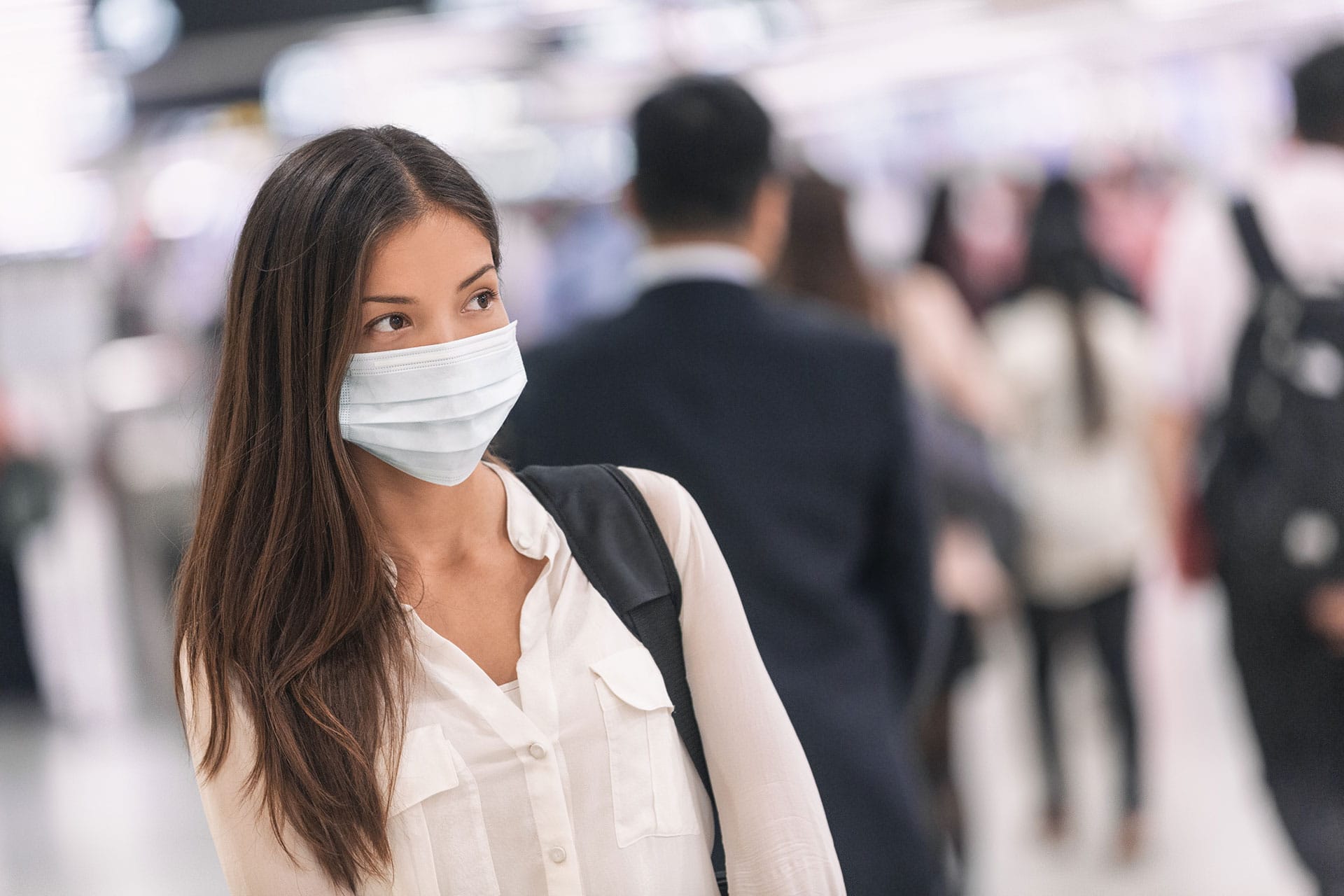Today, Governor Newsom announced he will require masks in most public settings in an effort to slow the spread of COVID-19 as new cases and hospitalizations continue to rise daily. The order specifically exempts schools and childcare settings.
Under the updated guidance from the California Department of Public Health released today, Californians must wear face coverings when in higher-risk situations, including most indoor settings, as well as outdoors when social distancing isn’t possible. Any workers who engage with the public will be required to wear a mask. The guidance includes exemptions for children younger than 2; people with a medical disability that precludes mask-wearing and hearing-impaired people.
“Science shows that face coverings and masks work,” said Governor Gavin Newsom. “They are critical to keeping those who are around you safe, keeping businesses open and restarting our economy.”
Newsom also addressed why he took this action now. “Simply put, we are seeing too many people with faces uncovered – putting at risk the real progress we have made in fighting the disease. California’s strategy to restart the economy and get people back to work will only be successful if people act safely and follow health recommendations. That means wearing a face covering, washing your hands and practicing physical distancing.”
Under today’s updated guidance, Californians must wear face coverings when they are in the situations listed below:
- Inside of, or in line to enter, any indoor public space, unless exempted by state guidelines for specific public settings (e.g., school or childcare center);
- Obtaining services from the healthcare sector in settings including, but not limited to, a hospital, pharmacy, medical clinic, laboratory, physician or dental office, veterinary clinic, or blood bank;
- Waiting for or riding on public transportation or paratransit or while in a taxi, private car service, or ride-sharing vehicle;
- Engaged in work, whether at the workplace or performing work off-site, when:
- Interacting in-person with any member of the public;
- Working in any space visited by members of the public, regardless of whether anyone from the public is present at the time;
- Working in any space where food is prepared or packaged for sale or distribution to others;
- Working in or walking through common areas, such as hallways, stairways, elevators, and parking facilities;
- In any room or enclosed area where other people (except for members of the person’s own household or residence) are present when unable to physically distance.
- Driving or operating any public transportation or paratransit vehicle, taxi, or private car service or ride-sharing vehicle when passengers are present. When no passengers are present, face coverings are strongly recommended.
- While outdoors in public spaces when maintaining a physical distance of six feet from persons who are not members of the same household or residence is not feasible.
The following individuals are exempt from wearing a face-covering:
- Children aged two and under;
- Persons with a medical, mental health, or developmental disability that prevents wearing a face covering;
- Persons who are hearing impaired, or communicating with a person who is hearing impaired, where the ability to see the mouth is essential for communication;
- Persons for whom wearing a face covering would create a risk to the person related to their work, as determined by local, state, or federal regulators or workplace safety guidelines;
- Persons who are obtaining a service involving the nose or face for which temporary removal of the face-covering is necessary to perform the service;
- Persons who are seated at a restaurant or other establishment that offers food or beverage service, while they are eating or drinking, provided that they are able to maintain a distance of at least six feet away from persons who are not members of the same household or residence;
- Persons who are engaged in outdoor work or recreation such as swimming, walking, hiking, bicycling, or running, when alone or with household members, and when they are able to maintain a distance of at least six feet from others;
- Persons who are incarcerated. Prisons and jails, as part of their mitigation plans, will have specific guidance on the wearing of face coverings of masks for both inmates and staff.
The guidance makes no mention of enforcement.
More information about the state’s COVID-19 guidance is on the California Department of Public Health’s Guidance web page.
For more information about reopening California and what individuals can do to prevent the spread of COVID-19, visit Coronavirus (COVID-19) in California.




0 Comments